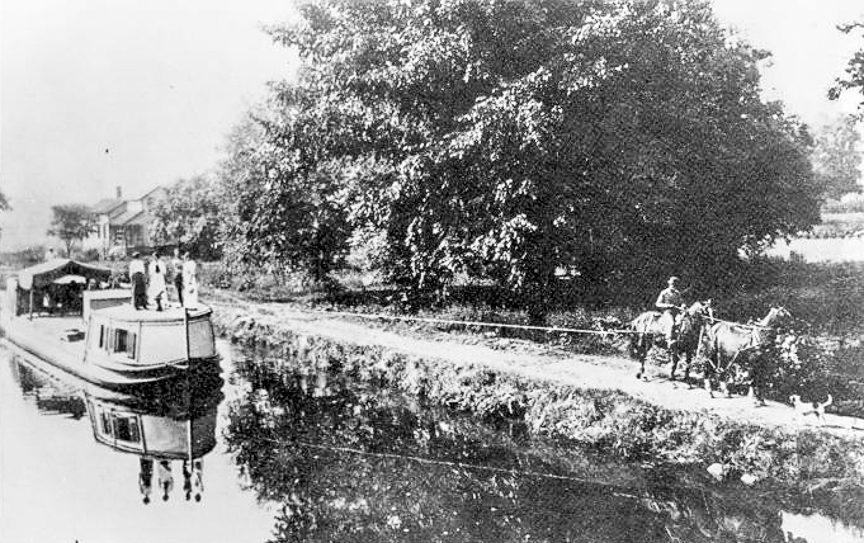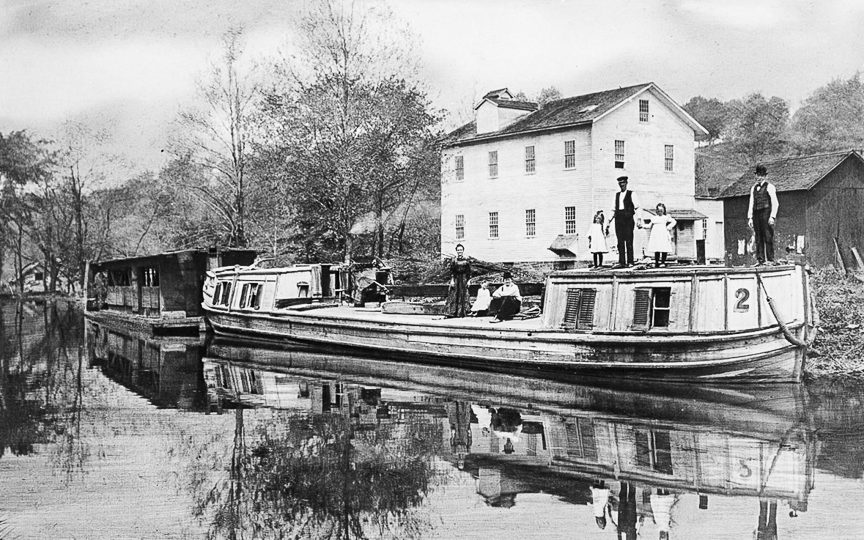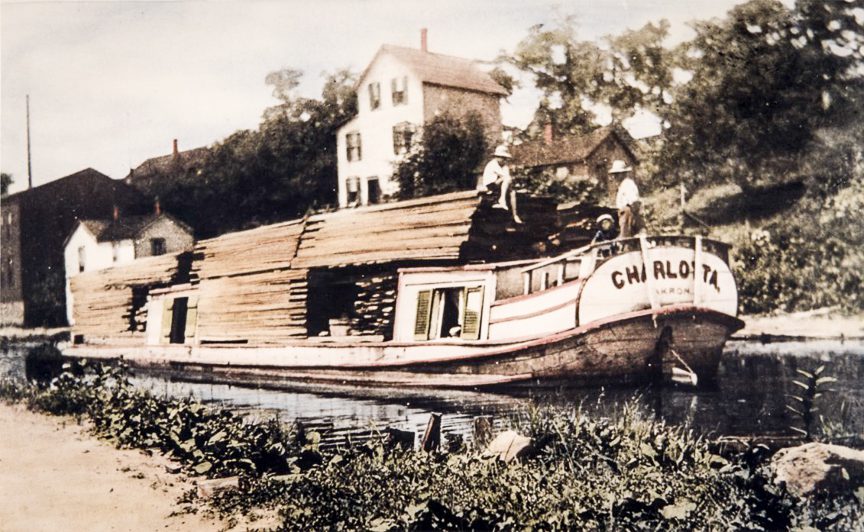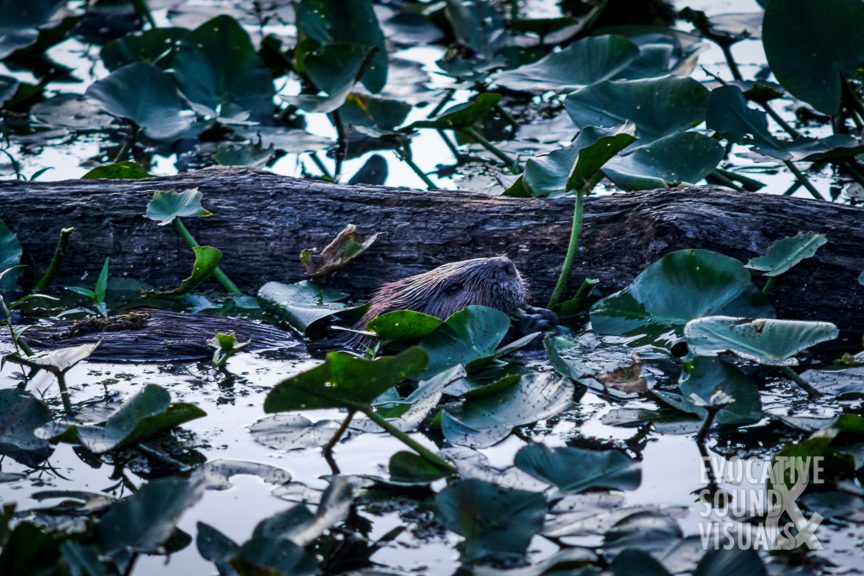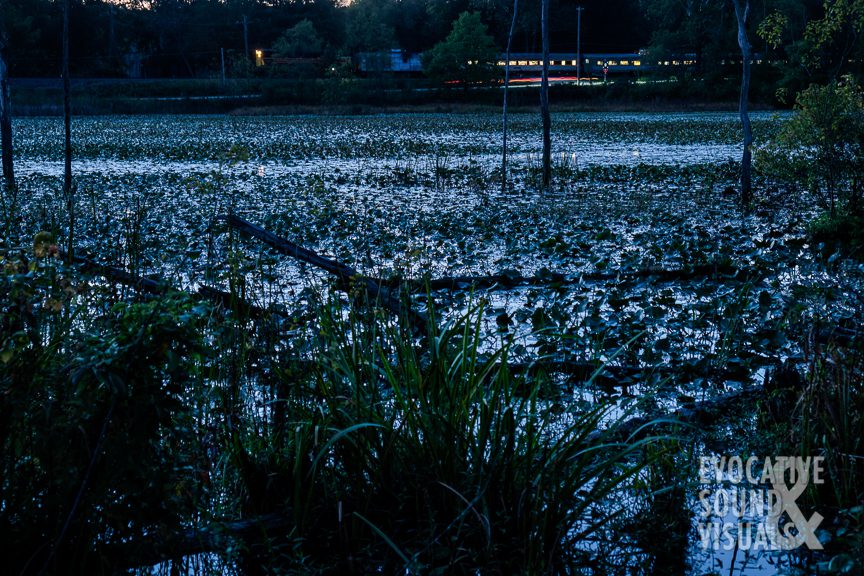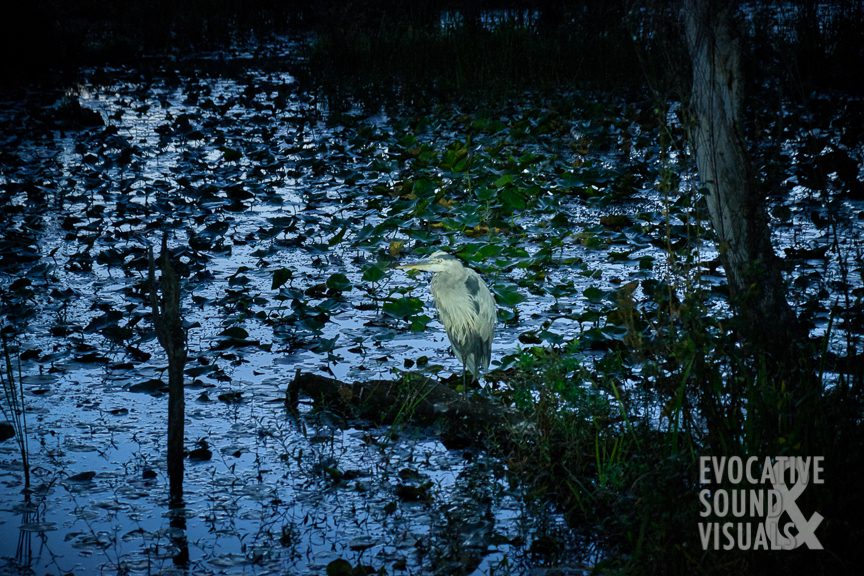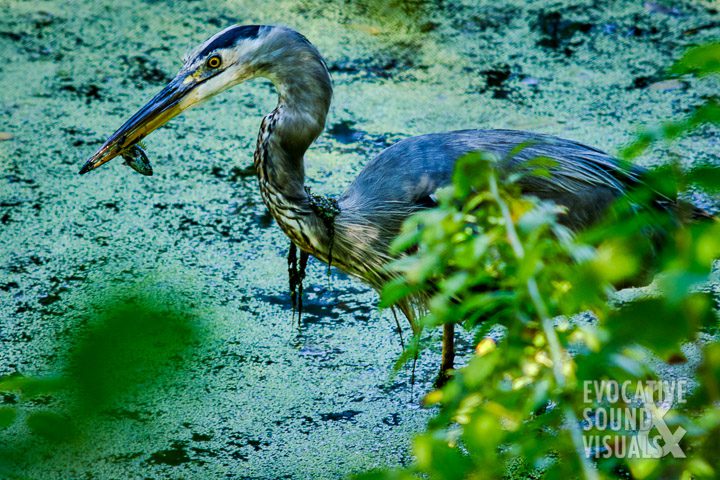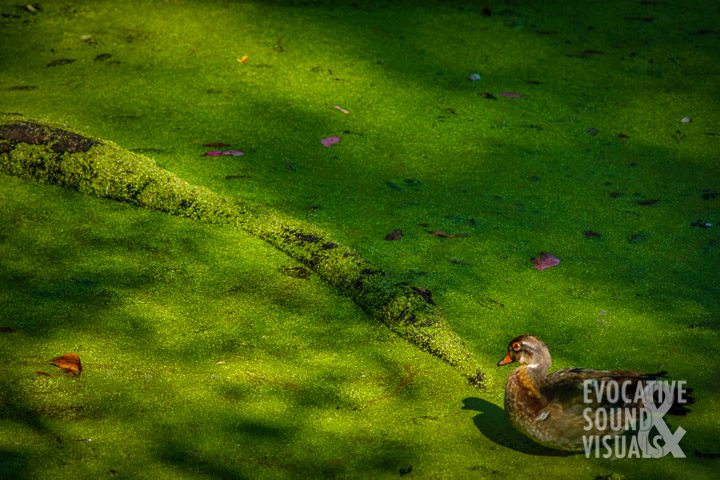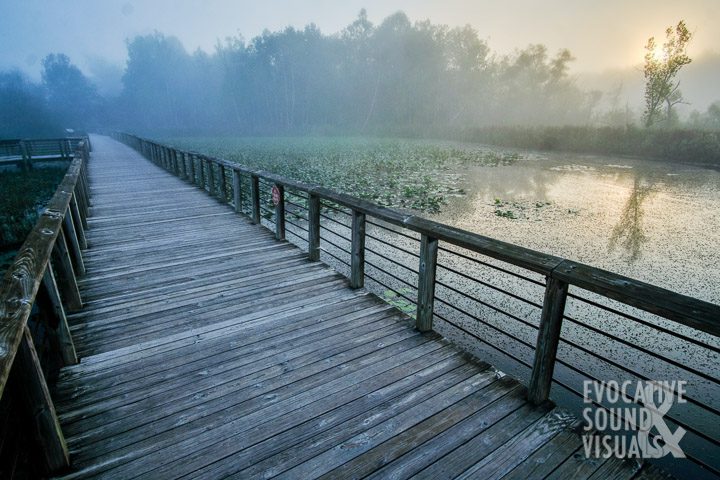
Living so close to Cuyahoga Valley National Park since moving to Ohio in June has been a delight. In 15 minutes I can drive to one of its most prominent features, the Beaver Marsh. The story of how this wetland came to be is an environmental success story in an area of northeast Ohio that really needed one.
When settlers came to this area of northeast Ohio, what was once part of the Connecticut Western Reserve, they drained the wetlands to plant crops. They took advantage of natural falls along the Cuyahoga River to build paper and gristmills. In short order, they constructed the Ohio & Erie Canal. Opened in 1827, it connected downtown Cleveland to the town of Portsmouth 300 miles south along the Ohio River. Towns sprung up along the canal route. Business was good. Any beaver that escaped the hunter’s trap must have had a hard time getting by.
The canal didn’t last, a victim of unplanned obsolescence. The construction of a railroad line in the 1870s that parallels the waterway saw to that. A devastating and destructive 4-day flood in 1913 sealed the canal’s fate permanently.
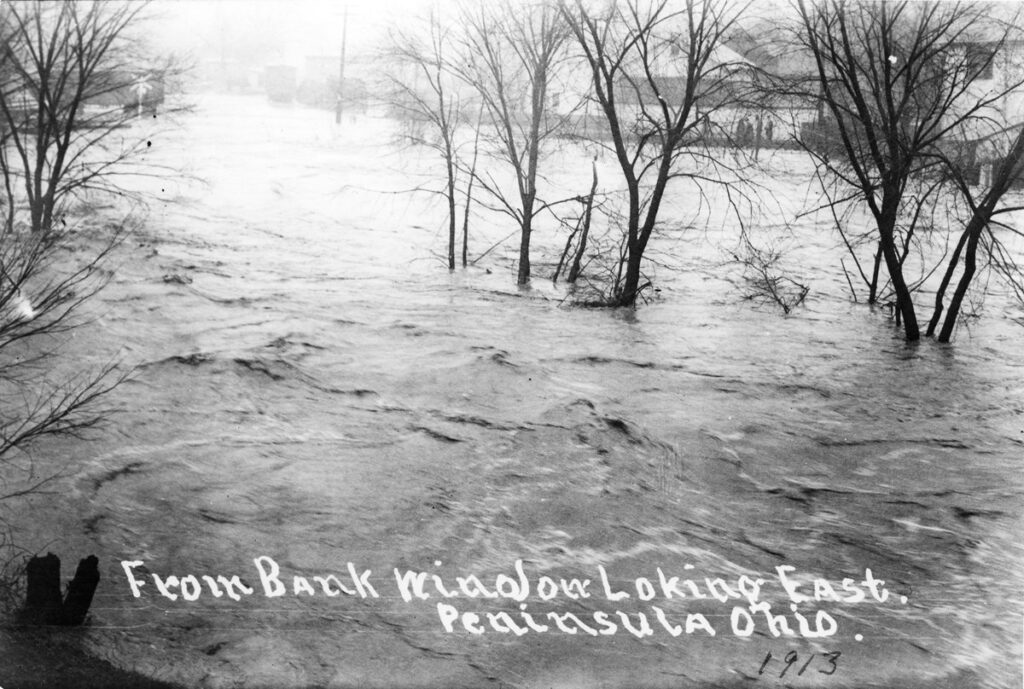
Fast-forward to the 1970s. Pollution was rampant along this section of the Cuyahoga River. A salvage yard slash auto repair shop sprung up where once there was a dairy farm. Abandoned cars, bed springs, mounds of tires and other man-made detritus sat where the canal once flowed and before that beaver swam in and out of their lodges.
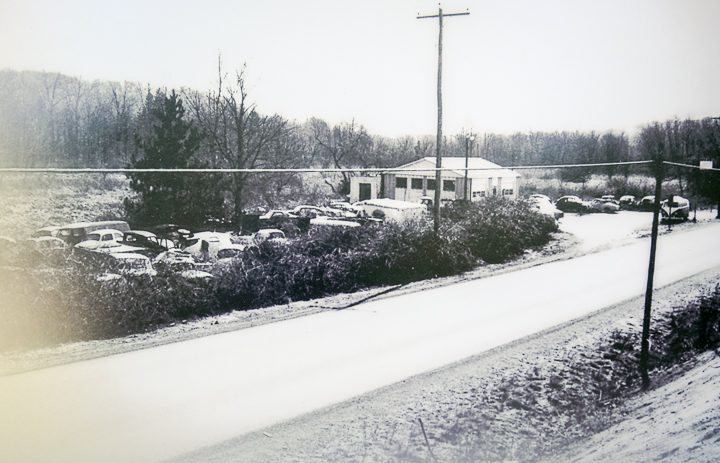
All this began to change when conservationally-minded leaders got involved, and the National Park Service took over the area in 1974. Through the efforts of local Sierra Club members in the early 80s, a cleanup effort had begun in earnest. Beavers somehow got wind of this. They moved in along what remained of the defunct canal. They held back water with the dams they built and in time created a 70-acre wetland.
A Land Reborn
When you walk along the Towpath Trail, the old canal towpath that is, and step onto the 560-foot-long wooden boardwalk that spans the marsh, you can’t help but be impressed with these beavers and what they have accomplished.
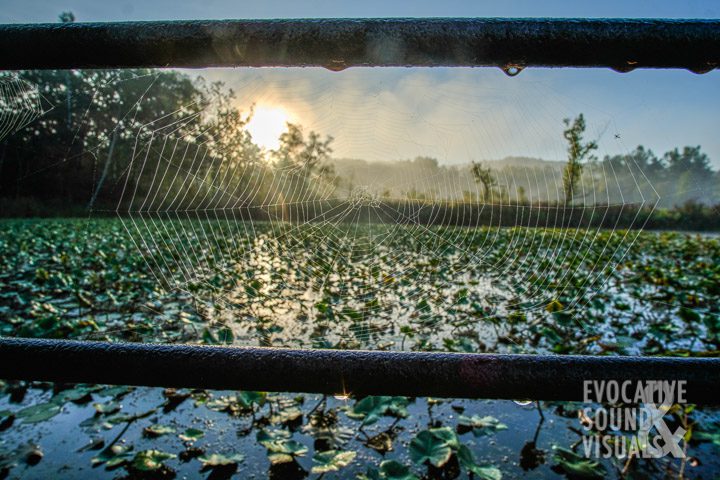
I came to the boardwalk on a hot August afternoon to try and capture the sound of beavers. I dipped a pair of hydrophones into the shallow, lily-pad-filled water. No beavers. They weren’t coming out in the heat of the day. I knew better. Instead, I heard the disappointing sound of a 60-cycle electrical hum. Whenever I hear something ‘wrong’ with my hydrophones, I take them out of the water, and with the same settings hit record again to see what I get. This time the hum disappeared. What I heard instead, with the mics sitting on the deck, was the sound of the boardwalk, and everything traveling upon it, from the boardwalk’s perspective, an unexpected and happy accident.
I came back the next morning. This time clamping high-end contact microphones to the boardwalk. Deep rumbles from bicycle tires came through my headphones along with the thump, and thump of runners and walkers traveling back and forth. Finally, I heard the sound of the Cuyahoga Valley Scenic Railroad blowing its horn as it passed nearby.
Depending on the season, the Beaver Marsh hosts a variety of plant and animal life. What I’ve seen so far is a steady display of great blue herons, turtles, wood ducks, plenty of Canada geese and, if I stay out late into the evening, a beaver or two. There really are beavers in the Beaver Marsh.
Wildlife in the Canal Feeding Into the Marsh:
If great blue herons and wood ducks aren’t in the marsh looking for a meal, they’re probably right next door in the duckweed-covered canal.
How I Recorded This
I used a pair of Barcus Berry contact microphones, along with their preamps, clipped onto the boardwalk. I tried several different locations before settling on one that yielded the best results.
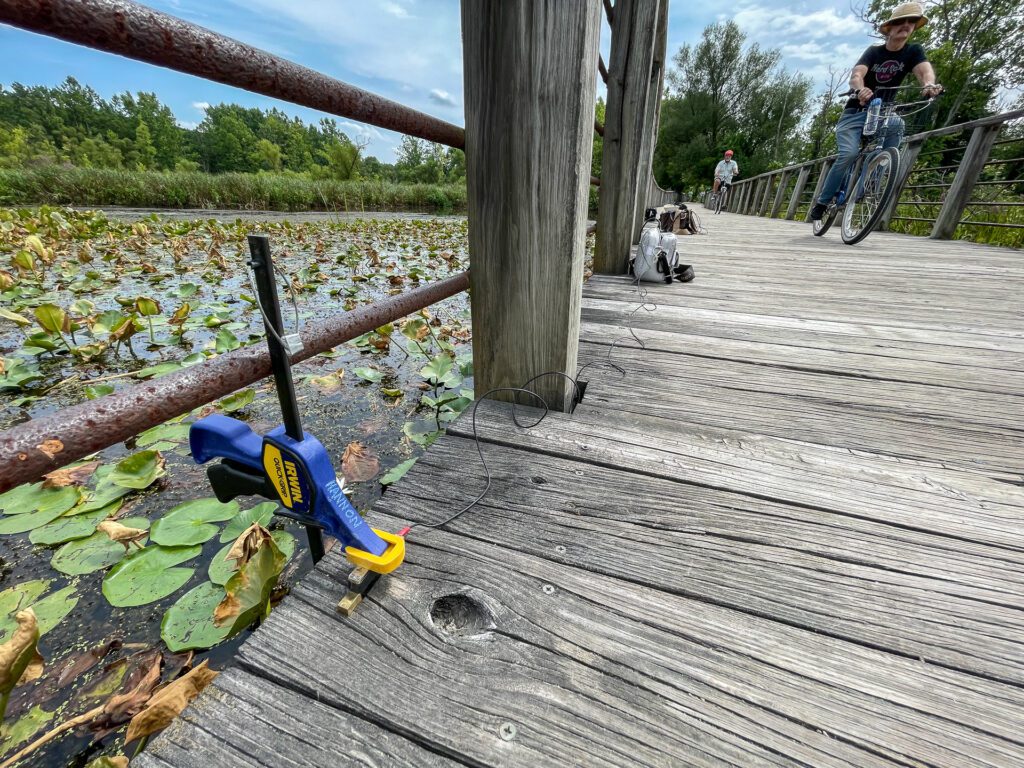
Further Reading:
- Find out more about Cuyahoga Valley National Park at the NPS website here, and through a fantastically-detailed online book entitled ‘A Green Shrouded Miracle, The Administrative History of Cuyahoga Valley National Recreation Area, Ohio here
- Learn more about the Ohio & Erie Canal here, at the Ohio & Erie Canalway Association, and through the American Canal Society here
- Learn more about the devastating 1913 flood by taking a look at the front page of the Akron Beacon Journal newspaper from March 25, 1913, and through an account by a local resident at the time, featured on the NPS website here


